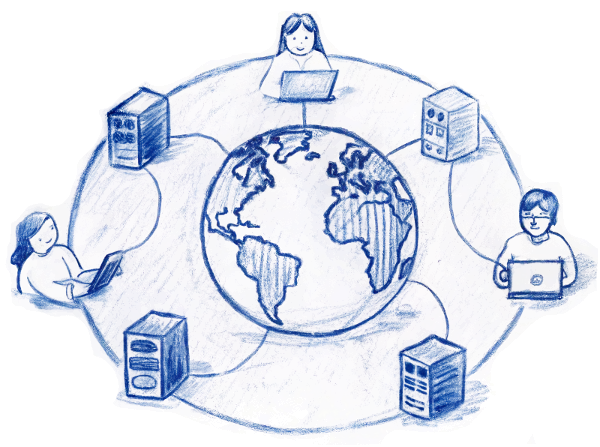3 Simple Reasons Why
Save Time, Staff, Money
Exchange a stream address and exchange data in less than a day, not weeks or months of on-boarding and alignment. No sysadmin, cloud engineer, or data specialist is needed to operate this data link. You only pay for what you use.
Never Lose Control
Prevent data leaks by design. Connected components are never exposed to the internet. All data is transient and never saved on disk, and can be encrypted end-to-end. A car that is never parked is hard to get stolen.
Works Everywhere
Embedded systems, cloud, on-premise, behind firewalls, on mobile devices, Java, JavaScript, Rust, Python, or a simple web browser: you name it. Because ZebraStream is based on HTTP, it plugs into any system.
